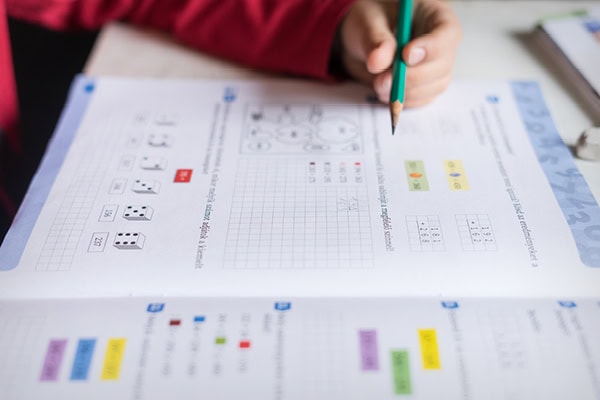Learning to thoughtfully navigate difficult conversations can better prepare students to think critically and engage with the community at large, according to K-12.
As a contentious election season approaches and ongoing world events continue to flare, student disagreements are likely to ignite. A discussion may devolve into a shouting match or a debate into a personal attack.
While classroom educators can help stem — and steer — these situations as they arise, experts suggest a better approach is to help prepare students before these concerns arise.
Educators can introduce tools into the classroom that can help these conversations happen respectfully. From creating time for students to reflect on their thoughts to helping them recognize the framework of an argument and develop their own, these methods can give students the tools to express themselves, listen to others and share opinions respectfully.
One strong anchor to help students feel comfortable sharing is creating a trusting classroom community. That forms a backbone from which students can start to express their ideas and thoughts, and then focus their attention when their classmates share.
Educators should give students time for self-reflection — which may include, for example, journaling or other mediums students can use to express themselves. Some students may want to have small group conversations, and others may want to write down their responses as a scaffold before joining these discussions.
It’s critical that classes work together and develop at least a sharing protocol. This document can help students follow a structure of how to share and know that everyone has agreed to the terms in advance.
Tanya Huelett, senior director of educator content development at the nonprofit Facing History & Ourselves, is a fan of shared agreements in classrooms, too. She says these baselines help students feel safe as they start to think about sharing and having a conversation — or even what she calls “respectful disagreements.”
She says students can learn how to have conversations like these at any grade, but they should know that when they share their thoughts, they need to consider how their words land.
“I have a right to be heard,” Huelett says. “But I also have a responsibility of knowing how my words impact people in this space.”
Educators can help students learn how to build boundaries and understand they can remove themselves from a space if they feel a discussion has veered away from being civil. That starts, Huelett says, with having students consider what they want to understand or take away from what is hopefully a productive conversation.
If a conversation turns into a shouting match or two one-way speeches, rather than a give-and-take, helping students recognize that turn can help them pause before a dialogue has digressed.
“They can then realize when it’s gone off the rails, so maybe they can know when to exit,” Huelett says. “And that can help keep a space civil, as well, knowing when it’s time to exit.”
Students also need to learn how to identify an argument in the first place, says Aidan Kestigian, vice president of operations and curriculum for nonprofit program ThinkerAnalytix.
Kestigian says the “prime time” for students to learn these skills is when they are studying politics and civil discourse.
“We give them authentic practice,” Kestigian says. “We present them with arguments about politics and social issues. They start from learning the basics of what an argument is, up to reading an argument, seeing the structure of what’s being presented and, on that, taking an evaluation of what’s being said.”
Practice exercises can help students learn the structure of an argument and then evaluate their points. They can also use tools including argument mapping, which build reasoning skills.
Part of the approach includes having students think of an argument as an object, so the discussion happens inside a neutral space and is depersonalized. Students work on building these tools over and over (and over) again.
Kestigian says students of all ages can build this ability, noting that even those who believe they have strong skills in productive arguments should be willing to do some practice from time to time.
K-12





